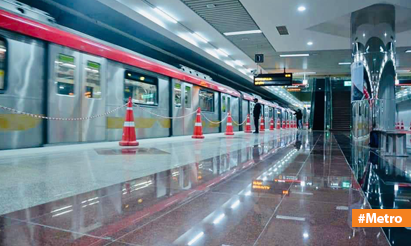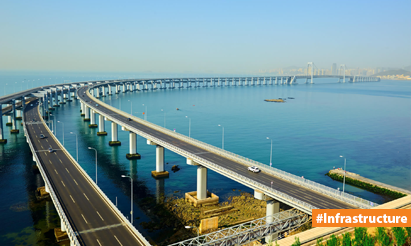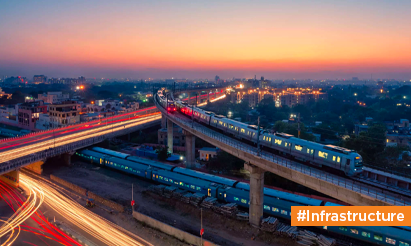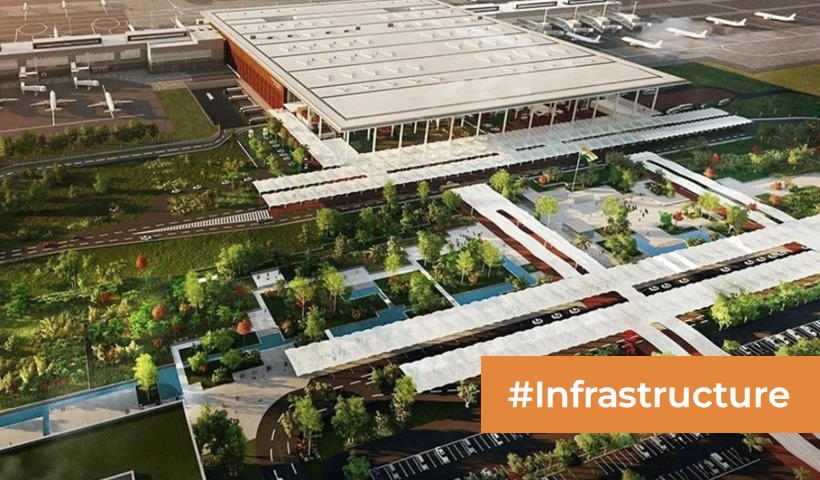Refractory is quickly becoming a critical component of India’s infrastructure expansion.
India has reached a new developmental stage. Because of the regulation emphasis on the sector, we will see tremendous expansion in infrastructure throughout this period. For example, the Union Budget for Fiscal Year 2022-23 detailed a growth strategy for infrastructure development that includes roads, public transportation, logistics, housing, transportation, and commercial property, among other things. As a result, its expansion will have a favourable interdisciplinary cascading effect throughout numerous businesses and sectors.
Let’s have a peek at certain figures to get a better idea. According to India’s Steel Policy, the country’s steel production is expected to reach 300 MT by 2030. Output is predicted to increase from 118 MT in FY 22 to 230 MT by that time. The cement industry is predicted to increase at a CAGR of 12%, compared to a CAGR of 6% traditionally.
This implies that the refractory business is facing an unprecedented demand imbalance. Expansion, like we’ve never seen before, is a potential sitting next to us.
In other terms, without a refractor, no steel, cement, glass, aluminium, copper, or any other metal or nonmetal needing a high-temperature procedure can be manufactured.
New scenario
The government’s Atmanirbhar Bharat project, as well as improved knowledge of the importance of refractory to steel and cement manufacturing, has induced a shift in consumer industries’ mentality. There is now growing pressure for Indian-made items, and some priority is given to them.
Another main development is that corporations all over the world who have established their distribution networks around China are now looking to de-risk China. This tendency has intensified dramatically since Covid. As a result, most nations are proactively looking for different sources to lessen their reliance on China for both raw resources and completed goods.
This has presented an excellent chance for India to intervene. The Indian refractory sector must now accommodate not just rising local demand, but also global demand.
What else does this signify for the refractory sector in India?
The Indian refractory market was predicted to be around Rs 9,000 crore in 2019, close to Rs 10,000 crore. Nevertheless, both of these megatrends – India’s predicted expansion in key industries, and the shift away from participating in the global supply chain – present a perfect chance for India’s refractory industry, allowing it to grow exponentially.
Disclaimer: The views expressed above are for informational purposes only based on industry reports and related news stories. PropertyPistol does not guarantee the accuracy, completeness, or reliability of the information and shall not be held responsible for any action taken based on the published information.





Top Blog About Refractory Industry Mostly About Refractory Engineering Service in India
Awesome Blog Post About How Refractory is Quickly Becoming a Critical Component of India’s Infrastructure Expansion. It will Definitely Impact on Refractory Company in India.
Awesome Blog About How Refractory is Quickly becoming a critical component of India’s Infrastructure Expansion and it will definitely going to help top list of refractories companies.